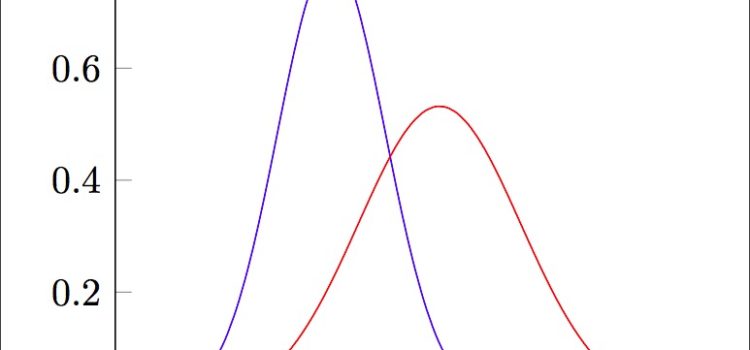What are the Moneyball statistics that made 2002 Oakland A’s successful? What Moneyball stats were useful? As documented in the book Moneyball, there are numerous important Moneyball statistics, but most notably, Moneyball stats were not the traditional baseball stats that baseball insiders used. Moneyball statistics focused primarily on the ability to get on base and create the opportunity for runs. These are a few examples of the statistics they used.
Moneyball Statistics: The Top 4 Stats for Player Analysis










